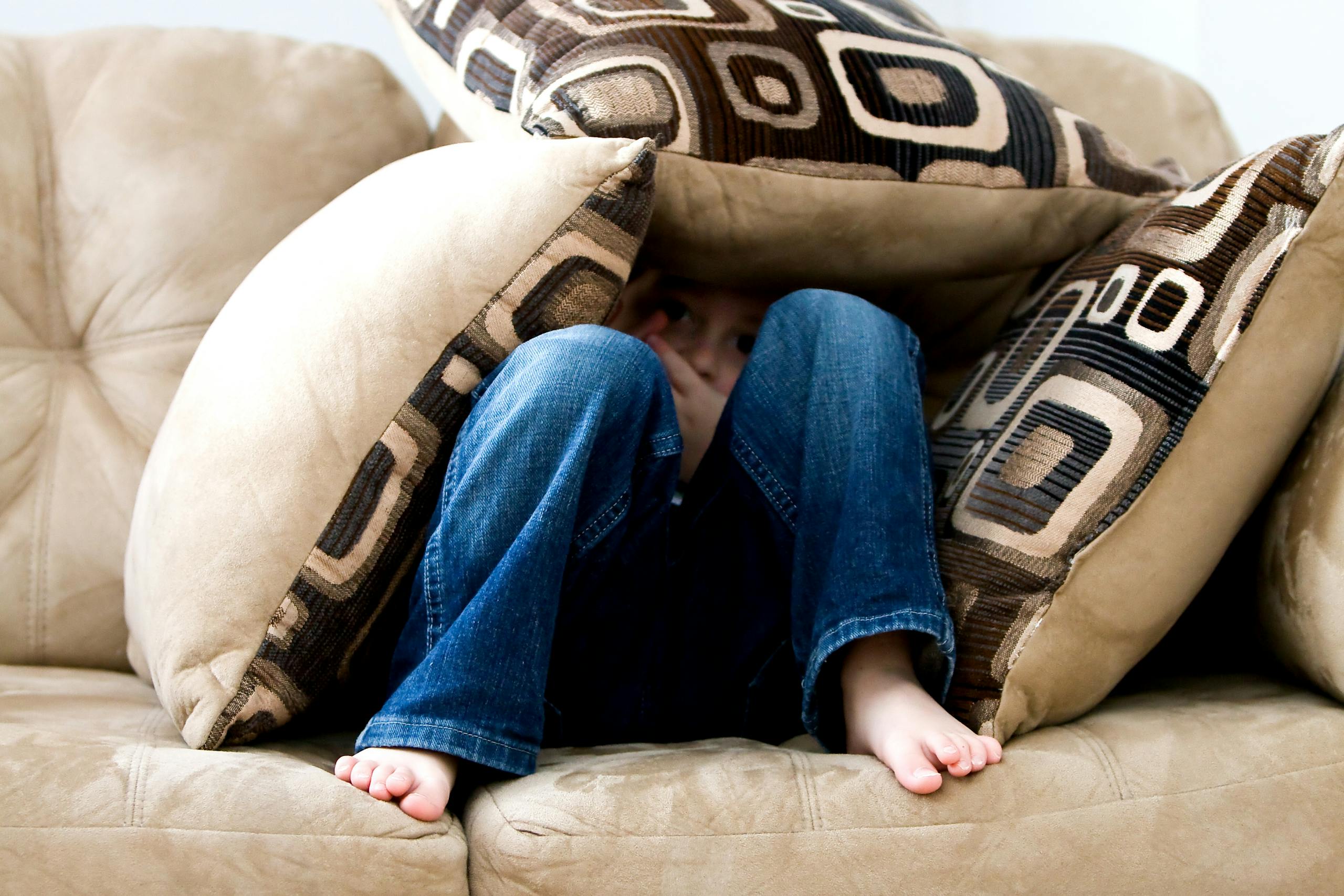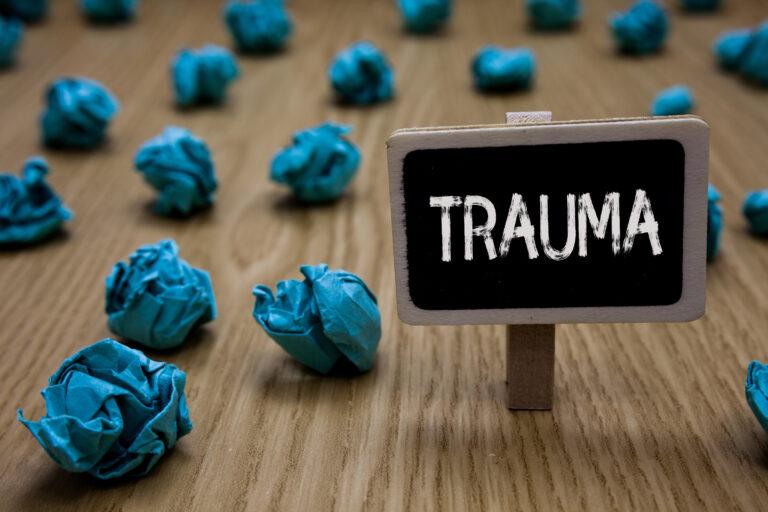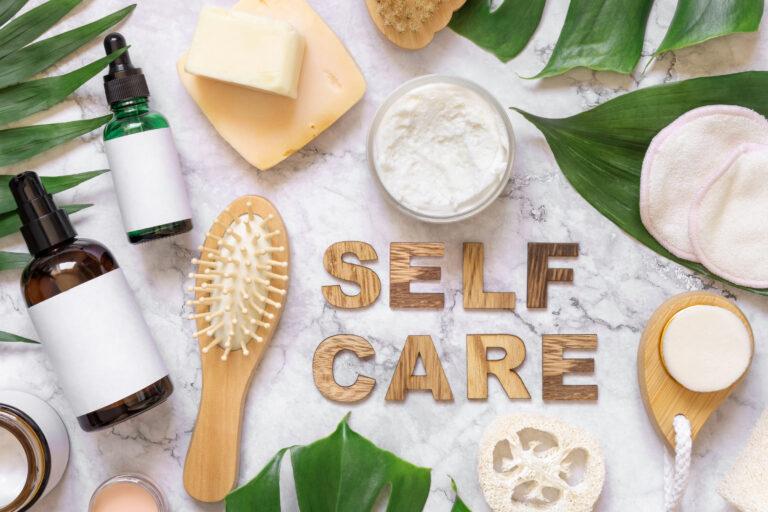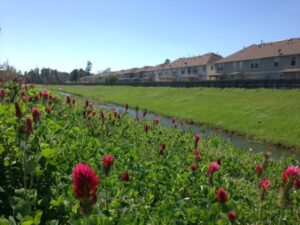Protect Kids: A Simple Guide to Stopping Child Abuse
April is Child Abuse Prevention Month, a time dedicated to spreading awareness, fostering education, and encouraging proactive steps to protect children from abuse and neglect. Every child deserves a safe, nurturing environment in which they can grow, thrive, and reach their full potential. Unfortunately, many children face harm in the very places meant to provide love and security. This month, let’s commit to learning, advocating, and taking action to end child abuse.
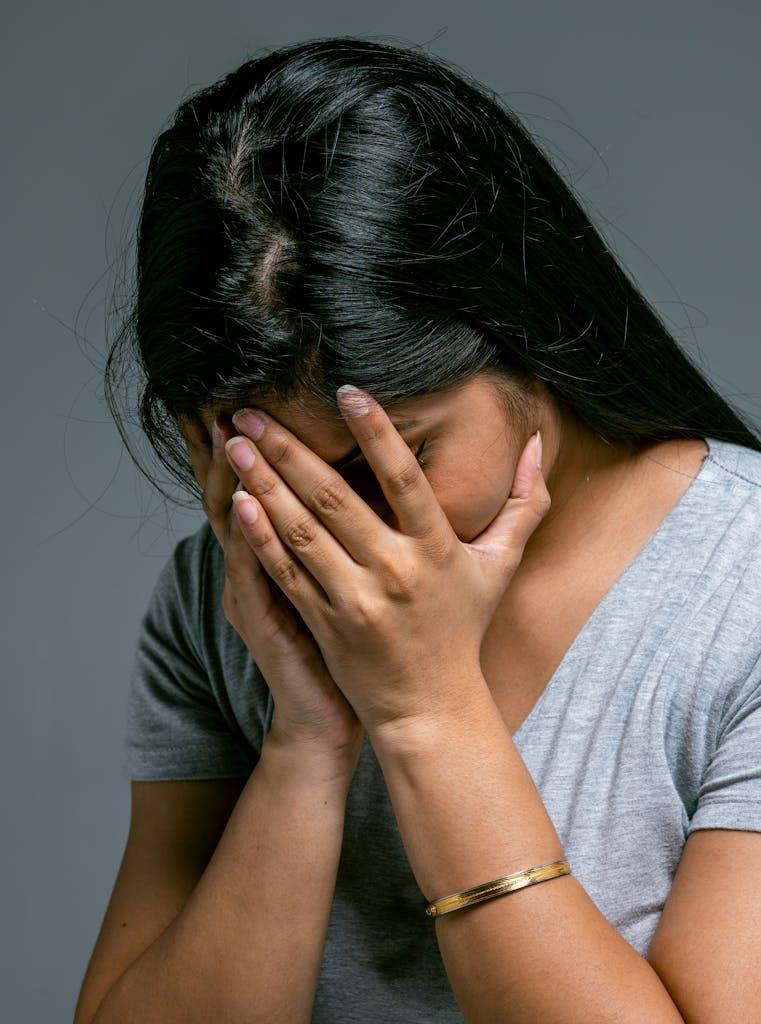
What is Child Abuse?
Child abuse refers to any form of mistreatment that results in harm or potential harm to a child. It can occur in homes, schools, communities, and even online. Abuse can be intentional or result from neglect, but regardless of intent, it has lasting effects on a child’s well-being.
Types of Child Abuse
Child abuse encompasses various forms, including:
- Physical Abuse: Inflicting bodily harm through hitting, burning, shaking, or other forms of violence.
- Emotional Abuse: Subjecting a child to verbal attacks, humiliation, threats, or constant criticism, leading to emotional harm.
- Sexual Abuse: Any form of sexual contact or exploitation involving a child.
- Neglect: Failing to provide essential needs such as food, shelter, education, medical care, and emotional support. This can also include parentification, seen in role reversale where the child has adult responsibilities either for themselves, siblings, parents and the entire household.
Build Trust By Spending Time Together.
Signs and Affects of Child Abuse
Recognizing abuse early can help protect children from further harm. Some common indicators include:
- Consistent lack of supervision or basic necessities
- Unexplained bruises, burns, or injuries
- Fear of going home or being around certain individuals
- Sudden changes in behavior, such as withdrawal or aggression
- Delays in development, speech issues, or lack of proper hygiene
How Children Talk about Abuse and Why They Don’t Tell
Here are a few reasons why children may not talk about abuse, even though its wrong. When they do talk about it, here are some things they might say:
- Fear of being punished or not believed
- Feeling guilty or ashamed
- Depending on the abuser for food, shelter, or love
- Worrying that telling will hurt their family or make things worseTalk in pieces over time
- Use art or behavior to “show” what’s wrong
- Say things like “I don’t feel safe” or “Someone hurt me”
- Complain about stomachaches or headaches often
How To Help and What To Do
To help a child open up your response matters, so take time to listen to them:
- Build trust by spending time together
- Teach kids about safe and unsafe touch
- Use simple, clear language
- Let them know they won’t get in trouble for telling the truth
- Listen closely – Pay full attention. Don’t interrupt.
- Stay calm – Even if you’re upset, stay steady so the child feels safe.
- Believe them – Say “I believe you” and “You did the right thing.”
- Don’t make promises you can’t keep – Especially about keeping secrets.
- Tell the truth – Let them know what will happen next.
- Don’t confront the abuser – Leave that to professionals.
- Get help right away – Contact child protective services or the police.
- Keep supporting them – Healing takes time. Be there.
Ways to Help Prevent Child Abuse and Break The Cycle
Ways to help:
- Learn the signs and report abuse
- Share helpful info with friends and family
- Support families under stress
- Volunteer or donate to child safety organizations
- Speak up at schools, churches, and community events
Many adults who were abused as kids still carry the pain. But healing is possible. Talking about abuse, supporting survivors, and offering counseling can break the cycle.
By starting honest conversations, we protect kids now and in the future.
Final Thoughts: Every Child Deserves a Safe Life
Child Abuse Prevention Month reminds us that keeping children safe is everyone’s job. Whether you’re a parent, teacher, neighbor, or friend—you have the power to protect a child.
Let’s break the silence, raise awareness, and take action so every child can grow up safe, happy, and free from harm.
Resident Therapist
Shayla Johnson, LPC-A


